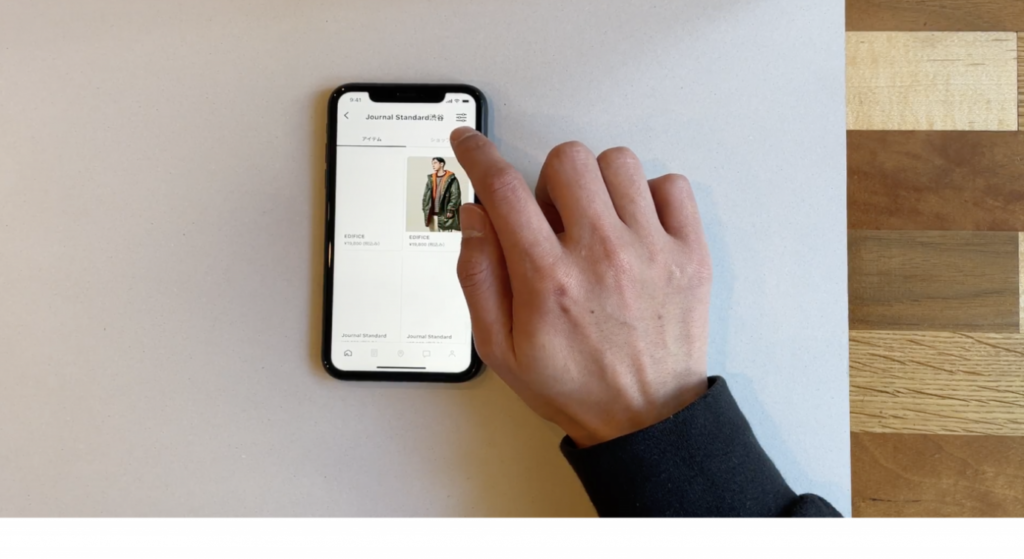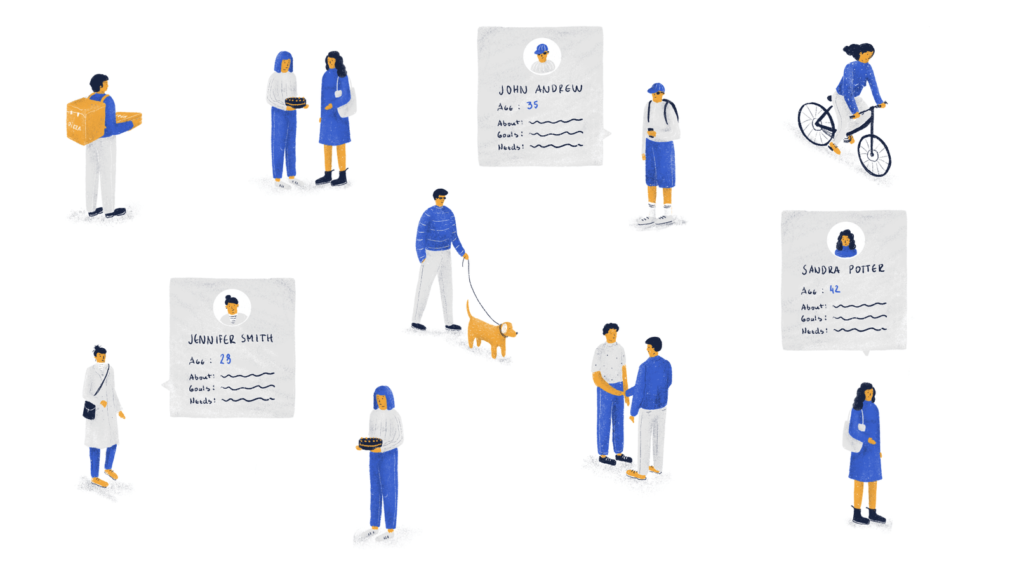- Accessibility, Business Value and ROI, Consumer products, Design
An interaction designer shares the lessons learned on design and user needs in emerging markets.
Article by Angie Fu
Designing for Today’s Behaviors and Tomorrow’s Potential
- When designing experiences, it is essential to aim for inclusivity and accessibility since users around the world don’t have the same opportunities.
- One way to create an inclusive experience is to embrace functionalism and opt for clear visual elements. This might include easily recognizable icons and colour schemes.
- Because of issues like poor network coverage, digital products should be also adapted to the unpredictable environment that characterizes some of the developing countries.
Read the full article for some ideas on how to consider accessibility in digital products around the world.
Share:Designing for Today’s Behaviors and Tomorrow’s Potential
Share this link
- July 28, 2021
8 min read







